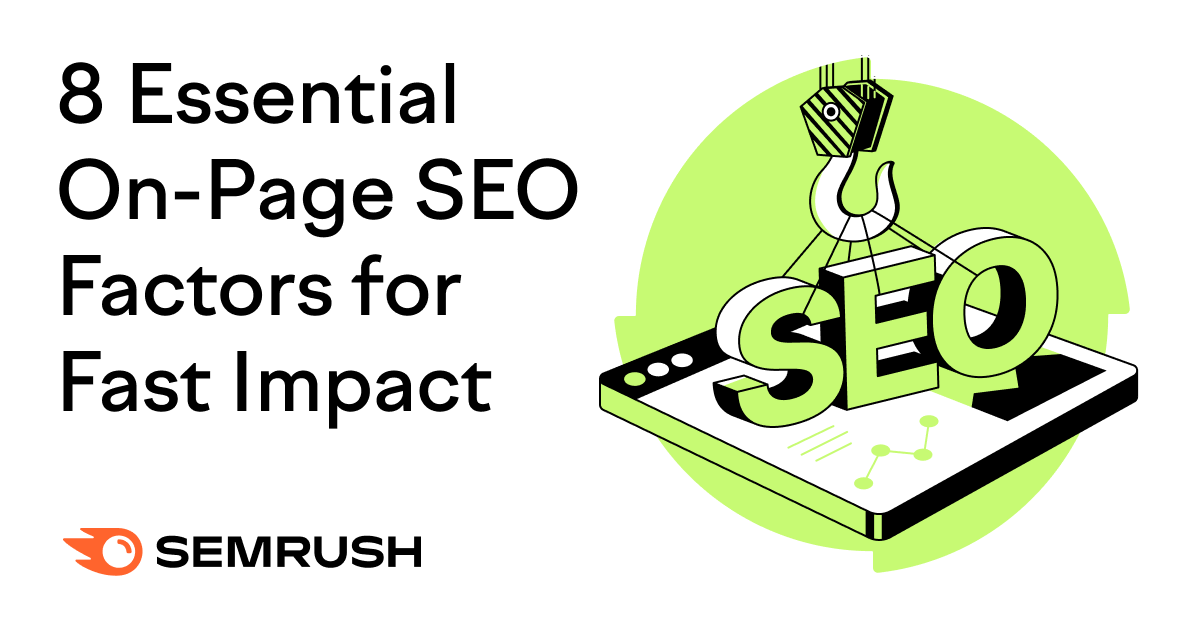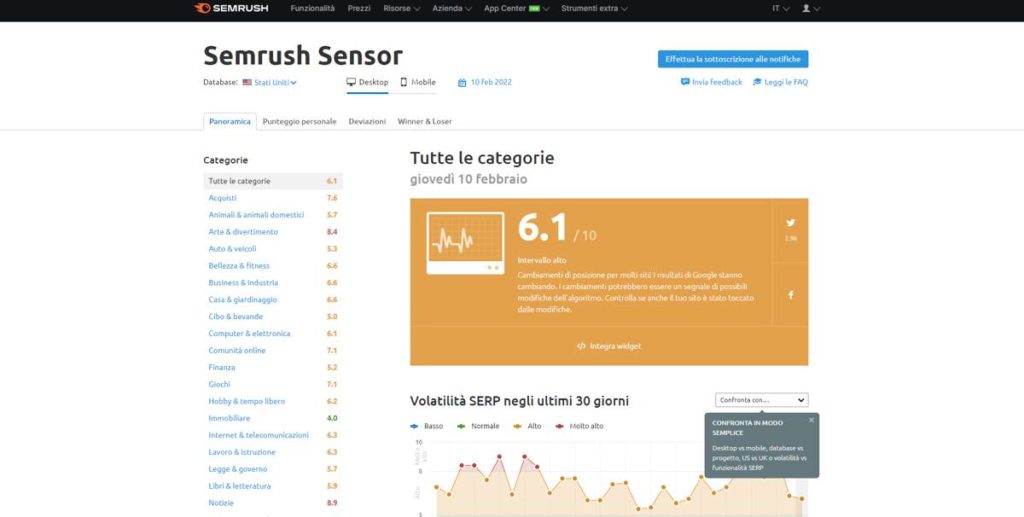
Digital marketers need to regularly analyze the SEO competitors. Digital marketers must keep up with the latest search engine algorithms. They are always striving to be better than their competitors. You can use data from your competitors to find areas for improvement. For example, if you see your competitors ranking high for competitive keywords, but not for other keywords, it may be worth writing content that is better suited for their niche.
Analyse keywords gaps
An essential step in improving your online marketing is to analyze the SEO competitor gap. This involves researching keywords used for competitors and terms used for your own website. This step is crucial as you will need to determine the ranking of other websites for the same keywords. If you don't know how to do keyword gap analysis, it will just waste your time. Make a list, then select three to ten companies performing better than you. This keyword gap analysis can be one of the most valuable reports you'll ever get. It will show which keywords your competitors use.
If you compare your website's rankings to the websites of your competition, you can modify your SEO strategy and outrank them. Your gap analysis will also reveal if your content uses keywords that are not being used by your competitors. If your competitors are using keyword phrases that you want to rank for, you should focus on adding them into your content. In other words, you might end up copying the keywords of your competitors. The difference is in how many times your website appears at top of search results related to the keyword.
Identifying valuable keywords

Analyzing SEO competitors helps identify valuable keywords. This is done by looking at search queries people use in order to find your site. A blog may be maintained by a sportswear business that includes news and results. These blogs are competing with authoritative sites like BBC Sport, Sky Sports, and newspaper websites. To rank for these keywords and gain competitive advantage, it is important to understand the keywords you should target.
Digital competitors are not to be confused with your direct business rivals. Digital competitors are websites that rank well for key terms related to yours. They may not sell the same products or plot the same demise as your direct competitors, but they can offer valuable insights into the niche. Screaming Frog is an SEO business that is highly regarded. It is a great place to start. For the keywords that your competitors rank for, you can do a Google Search.
Identifying valuable backlinks
An SEO competitor analysis can help you identify which links to target. It will help you prioritize your keywords, and topic. It is possible to use the backlink profile for your competitor as an indicator. You need to identify which websites link to your competitor's backlink profile in order to identify valuable backlinks. Backlinks in SEO are also known as linking root domains. Linking domains refer to the number of unique websites linking back to your competitors.
It is crucial to choose a domain that is of high quality. If a site is linked to by multiple competitors, it will likely have high domain authority. Google doesn't like spam. Look for sites that have recently visited websites. Likewise, backlinks from a high-quality website are more valuable than nofollow links. The quality of the domain is an important factor in identifying valuable backlinks. For example, if a site has a link from The New York Times to "candy in Maryland," it is likely to rank higher than a brand-new WordPress blog. Any SEO tool should be able to determine the strength of a domain. SpyFu’s Backlinks Tool shows you how strong a competitor's website is.
You can survey your competitors

You can learn from your competitors what works and what doesn’t in SEO by surveying them. Survey tools like Hotjar help you do this. These tools can collect data about visitors and then use that information to inform your SEO strategy. It doesn't matter whether you are using the data for your website or marketing to your customers. Here's what to do.
Make a list of competitors to see what they rank for these keywords. It is important to rank high and often for these keywords on Google. Market Explorer is an excellent tool to do this. This allows you enter a competitor's website and view search traffic, direct visitors, and all other domains. Note which pages are performing best and add them to your site.
FAQ
How do I create an SEO strategy?
The first step in creating an effective SEO strategy is understanding what you want to achieve and how you will go about achieving this goal. This allows you organize your content around those goals.
Next, you need to begin working on keywords. By doing keyword research, you'll gain insight into what people are searching for when they use certain words. You can then write articles around these topics using this information.
Once you've written your articles, ensure to include your target keywords throughout them. You can also optimize your articles by adding images and videos that are relevant. Lastly, link to other related pages wherever possible.
Now it's time for you to optimize the content that you have written.
Where Should My Website Be Located?
Your website should be located at the top of the search results. This means it should appear at the top of each search result. There may be hundreds of pages for some search terms. How can you stand out against these competitors with your website?
Do I require a digital marketing company?
Once you realize your business needs extra support, it is probably too late for you to do everything by yourself. A digital marketing agency can provide professional services for small businesses like yours. They know exactly how to promote your company online and keep up with the latest trends in the field.
They can help you with everything, from creating a strategy to implementing it, through managing social media accounts and analytics.
Why Should I Use SEO?
There are many good reasons to use search engine optimization.
It increases the number of people who visit your website through search engine results.
It also helps users to find what they are looking for by increasing conversions.
Third, it helps increase brand awareness by helping customers search for your business online.
It also improves the user experience by allowing users to navigate quickly through your website.
It also builds trust among potential customers.
How can I get started with SEO
SEO is possible in many ways. The first step is to identify the keywords that you'd like to rank for. This is known "keyword search." Next, optimize each website page to these keywords.
Optimization includes adding relevant titles, descriptions, and meta tags; creating unique page URLs; and linking to other websites. After optimization is complete, submit your website for search engines like Google Yahoo!, Bing, and Yahoo!
You'll also need to keep track of your progress over time to know if you're succeeding or failing.
Why do I need an SEO strategy
SEO strategy is essential to ensure you are not missing any opportunities for your business to grow. When ranking higher in search results, there's no point in having great content if nobody ever finds it!
A good SEO strategy helps you build relationships with influencers and experts within your industry. You can benefit from their expertise and connections to learn new tricks, and be able to stay ahead of your competitors.
Statistics
- 93%of online experiences today begin on search engines. (marketinginsidergroup.com)
- : You might have read about the time that I used The Content Relaunch to boost my organic traffic by 260.7%: (backlinko.com)
- Which led to a 70.43% boost in search engine traffic compared to the old version of the post: (backlinko.com)
- And 90%+ of these backlinks cite a specific stat from my post: (backlinko.com)
- These guides are designed and coded 100% from scratch using WordPress. (backlinko.com)
External Links
How To
What you need to know about duplicate content and SEO
Duplicate content is an issue for both webmasters and search engines alike. There are two types of duplicate content; internal and external. Sites that contain identical content on multiple pages can be called internal duplicates. External duplicates occur when a page contains identical information to another URL.
Internal duplication occurs when more than one page contains the same text or images. Poor copywriting skills can lead to this type of duplication. Poor copywriting means that you haven't written unique content for each page. This can lead to internal duplicates.
External duplication is when one page has similar information to multiple URLs. External duplication is when a page contains similar information to other URLs. For example, if you have both a product page listing all your products and a category pages listing all those products, then you've got external duplication.
Google doesn't penalize websites if they have duplicate content. Google does penalize websites that try to manipulate its algorithm to rank higher. It is important to ensure that duplicate content does not appear on your website.
Link building is the most common method to manipulate Google’s algorithm. Link building is creating links between websites. These links may appear unnatural, and Google might devalue your website.
These are just a few ways to prevent link manipulation
-
Avoid low-quality backlinks (those that come from spammy sources).
-
Use anchor texts that relate to your website.
-
Create unique content for every page of your website.
-
Maintaining high-quality content.
-
A good domain name is essential.
Do not worry about duplicate content. Focus on creating unique content on every page of your website. That will help you get better rankings on search engine results pages.